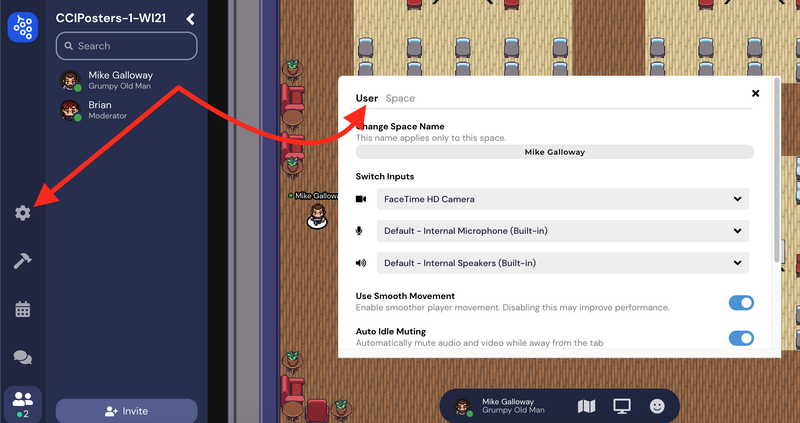

Now, we need to create a repository file for Elasticsearch inside the /etc/ directory. You can run the following command on the terminal shell to add the GPG key. In this step, we need to add the GPG-key for Elasticsearch to our system. Step 2: Add Gnu Privacy Guard For Elasticsearch
#RELOAD XLIST INSTALL#
If you can’t see any Java version in return, you may now run the following DNF command to install it on your Fedora Linux. To ensure whether Java is installed or not, you can run a quick version check command on the terminal shell. If you already have Java installed on your system, you can skip installing it. Step 1: Install Java on Fedora WorkstationĪs I mentioned previously that installing Elasticsearch requires Java first, we’ll install Java on our system. I’ve tested the following steps on my Fedora workstation the steps would also be executable on other Red Hat-based systems. If you’re using a Fedora Linux system, the following steps will guide you to install Elasticsearch on your machine. Install Elasticsearch on Fedora Workstation You can now run the following aptitude command on your terminal shell with root privilege to install Elasticsearch on your Debian system. Step 3: Install Elasticsearch on Debian/UbuntuĪfter adding the GPG key and updating the repository, installing Elasticsearch is now a matter of few clicks.
#RELOAD XLIST SOFTWARE#
You can find your system repository under the Other Software tab in the ‘Software & Updates’ tool.
#RELOAD XLIST UPDATE#
When the echo command ends, update your system repository and check if it is added to your software. echo "deb stable main" | sudo tee -a /etc/apt//elastic-7.x.list You can run the following echo command to add Elasticsearch to your system’s repository. You need to add it to your system repository. curl -fsSL | sudo apt-key add -įor Dedina distributions, Elasticsearch is available on the Linux repository. Run the following cURL command on your terminal shell to add the GPG Key. java -version Step 2: Add GPG Key For Elasticsearch on Debian Linuxįor an effortless installation of Elasticsearch, you need to add the GPG-key (Gnu Privacy Guard) of Elasticsearch to your Linux system. When the Java installation finishes, don’t forget to check the Java version to ensure it’s installed correctly. If your system doesn’t have Java installed, you can run the following terminal command on your shell to install Java. Step 1: Install Java For ElasticsearchĮlasticsearch requires Java to configure the web library functions on a Linux system. The following steps will guide you to install Elasticsearch on Ubuntu and other Debian Linux machines. You need to know a few basic terminal commands and have the root privilege on your system. Installing Elasticsearch on a Debian-based Linux system is not a complicated task It’s easy and straightforward. Install Elasticsearch On Ubuntu/Debian Linux

In this post, we’ll see how you can install and use Elastic search on a Linux system. You can install Elasticsearch on a Linux system and configure it with an existing Apache or Nginx server. It allows API integration so that you can use it on different web-applications. The Elasticsearch is written in Java, so you would need to have Java installed on your Linux system to install Elasticsearch on your system. You can find the CPU and memory usages, detect an abnormality, and store data through Elasticsearch on a Linux system. It’s not business intelligence but analyzes data pretty well. It also allows API support for better performance.Įlasticsearch allows you to create a Pie chart and other graphical representations of your data. You can install Elasticsearch on both new and existing servers it won’t duplicate your data on search queries.Įlasticsearch works with an Application Performance Management (APM) tool for collecting index data, metadata, and other data fields from the source database. You can run a query and analyze your data from the database through the Elasticseach engine. Var data = Ext.decode(response.Elasticsearch responds with plain HTTP requests and keeps the database updated so that it never misses any query.

Params : (formData), //, gridRef.getValues()

However, the chart never refreshes the data in the view.Įxt.define('', , Not only does the data in the chart need to be refreshed, but the x and y axes and legend need to be re-generated based on what data comes back.Ĭurrently I'm assigning the new data and x and y axes and legend to the chart when the json comes back from the server (in probably a very hacky way). I have a bar chart that needs to be re-rendered after the user selects what data to display.


 0 kommentar(er)
0 kommentar(er)
